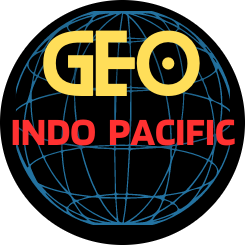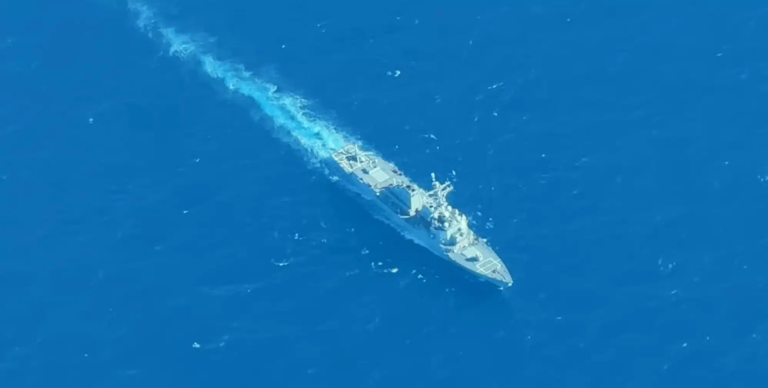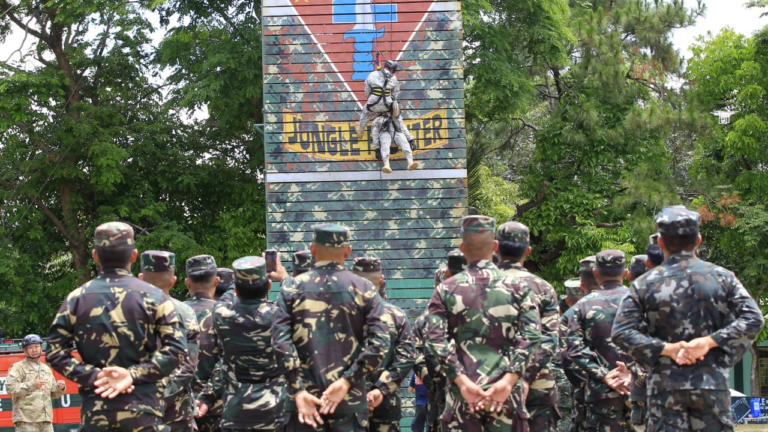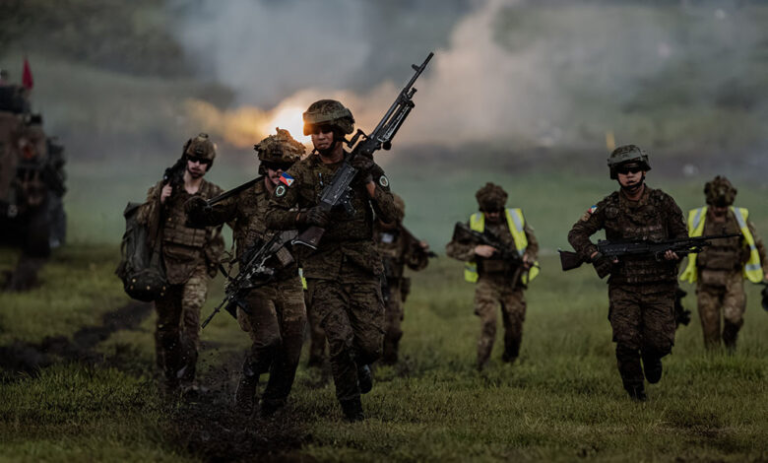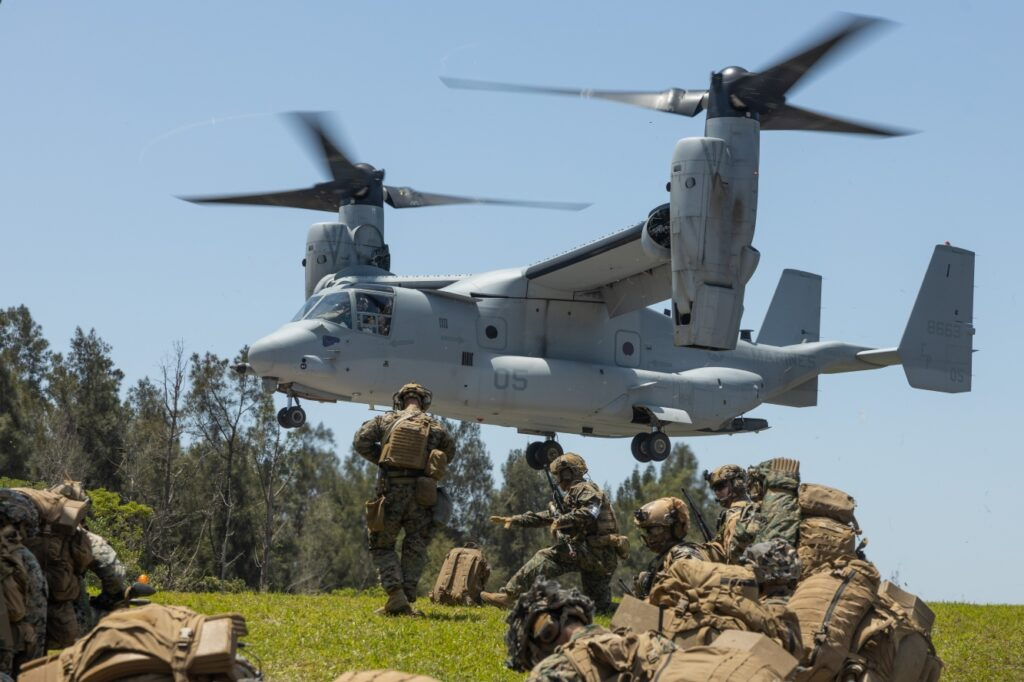
Ongoing debates over how China’s military would counter U.S. intervention often focus on precision strikes against U.S. forces in the Western Pacific. Indeed, some wargames assume that the People’s Liberation Army would throw the first punch. But such a move is not the only option available to China’s decision-makers. Other options include mounting a surprise invasion of Taiwan before the United States can mobilize, pressuring America’s allies to deny U.S. forces access to forward bases, or using strategic deterrence, which seeks to discourage Washington from defending Taiwan in the first place.
Of these options, pursuing strategic deterrence could prove most alluring for Beijing. The logic would be to convince the U.S. government that risks to the U.S. homeland, such as cyber attacks on power grids and telecommunications networks and even the specter of nuclear escalation, are too severe to contemplate. This strategy would leverage China’s expanding nuclear arsenal (and attendant nuclear signals), new intercontinental conventional missiles, space and cyber capabilities, and the belief that Beijing is inherently more resolved than Washington. Chinese leaders who embrace this thinking might conclude that a war could be limited, and thus, they might be more likely to opt for aggression.
To counter the challenge of Chinese strategic deterrence, the Trump administration should further integrate homeland defense with Indo-Pacific regional security. This would ensure unified planning to maintain deterrence both at home and abroad and would convince China that an end run around U.S. Indo-Pacific Command cannot succeed. The administration should also follow a strategic communications campaign to emphasize the grave risks of inadvertent escalation.
U.S. Intervention: A Key Variable in China’s Calculus
China’s military continues to advance towards the deadline that General Secretary Xi Jinping reportedly gave it to be prepared for war against Taiwan by 2027. However, its chances of success remain doubtful, as at least one U.S. observer has recently concluded. Some of the uncertainty can be attributed to Taiwan itself: Under the presidencies of Tsai Ing-wen and Lai Ching-te, Taipei has been enacting long-needed defense reforms, including higher defense spending and a greater focus on mobilization. However, the critical variable for the People’s Liberation Army remains the possibility of U.S. intervention. Officially, the longstanding policy of strategic ambiguity — which President Donald Trump has appeared to endorse — provides U.S. leaders with flexibility on whether to intervene in a Chinese operation against Taiwan and on how to do so. For their part, Chinese sources such as the Science of Campaigns predict U.S. involvement.
The likelihood of U.S. intervention would pose critical challenges for Chinese forces in both major options for using force against Taiwan: a maritime blockade or a full-scale invasion.
Chinese naval and coast guard forces might blockade the island, leveraging their numerical advantage in ships as well as recent exercises designed to simulate blockade activities. However, this move could provoke a U.S.-led counter-blockade operation. This would cause China to be confronted with a difficult choice: either back down and allow some critical imports such as liquified natural gas to reach the island, thus reducing the blockade’s effectiveness, or risk conflict escalation.
In a full-scale Chinese invasion of Taiwan, U.S. intervention could pose grave risks for the People’s Liberation Army. Effective landing operations would almost certainly require maritime and air superiority. U.S. fifth-generation fighters, nuclear attack submarines, strategic bombers, and ground-based artillery and missiles launched from forward-deployed locations in the first island chain would create doubts that Chinese naval transport ships and airborne forces could cross the strait within an acceptable margin of risk. U.S. forces may also include emerging capabilities. In June 2024, U.S. Indo-Pacific Commander Adm. Samuel Paparo drew attention when he stated that a burgeoning stockpile of cheap attack drones would create a virtual “hellscape” for any forces attempting the crossing.
Conversely, the absence of U.S. intervention or major disruptions in the U.S. military’s ability to move forces across the Pacific would improve Beijing’s chances of convincing Taipei to capitulate or defeating Taiwan in an all-out war. A blockade could last indefinitely, with mounting social and economic tolls, while Taiwan’s defenses would struggle in a one-on-one match with Chinese forces given disparities in manpower, platforms, and munitions. Indeed, without the prospect of direct U.S. involvement in the conflict, Taipei might give up without fighting. Understanding these dynamics, Beijing has therefore carefully considered the ways in which U.S. involvement could be minimized or avoided.
